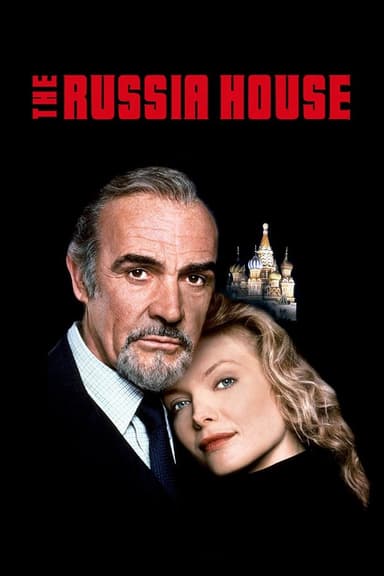
Seven Days in May
1964 • Drama, Thriller
A U.S. Marine Corps colonel alerts the president of a planned military coup against him.
Runtime: 1h 58m
Why you should read the novel
Before you watch the film, experience the sharper edge of suspense in the Seven Days in May novel by Fletcher Knebel and Charles W. Bailey II. This political thriller book delivers layered intrigue, authentic Washington detail, and a slow-burn tension you can savor page by page.
Reading the source novel reveals deeper character psychology, richer motivations, and the inner calculations behind the attempted coup. You’ll see how moral doubts, constitutional questions, and Cold War anxieties collide—insight that even a gripping movie can only hint at.
For fans of political fiction, Seven Days in May is essential reading. Its lean prose, timely themes, and immersive realism make the book a definitive choice for anyone searching for the best political thriller novel experience—before, or instead of, watching the movie.
Adaptation differences
Seven Days in May book vs movie: the novel offers multiple points of view and extensive interior monologue, while the 1964 film streamlines events into a visually driven suspense narrative. Rod Serling’s screenplay stays faithful to the core plot but trims exposition and redistributes information to keep the cinematic pace tight.
Character depth differs notably. In the book, President Jordan Lyman’s doubts, Col. Martin “Jiggs” Casey’s moral struggle, and Gen. James Mattoon Scott’s convictions are explored through thought, backstory, and political nuance. The film emphasizes confrontations and body language, condensing or reframing relationships—especially the role of a confidante connected to Scott—to deliver on-screen evidence quickly and cleanly.
Plot mechanics are also compressed. The novel devotes more space to the logistical web behind the conspiracy—military networks, media dynamics, and Congressional maneuvering—whereas the film simplifies the investigative steps and timeline to sustain momentum. Readers will find additional side characters and procedural detail in the book that the adaptation either reduces or merges.
Tone and resolution diverge subtly. The movie builds toward a taut, public-facing climax designed for immediate impact, while the novel lingers on the broader political aftermath and the fragility of civil-military balance. If you want the full spectrum of themes, motivations, and repercussions, the Seven Days in May novel delivers more context than the screen can hold.
Seven Days in May inspired from
Seven Days in May
by Fletcher Knebel, Charles W. Bailey II










